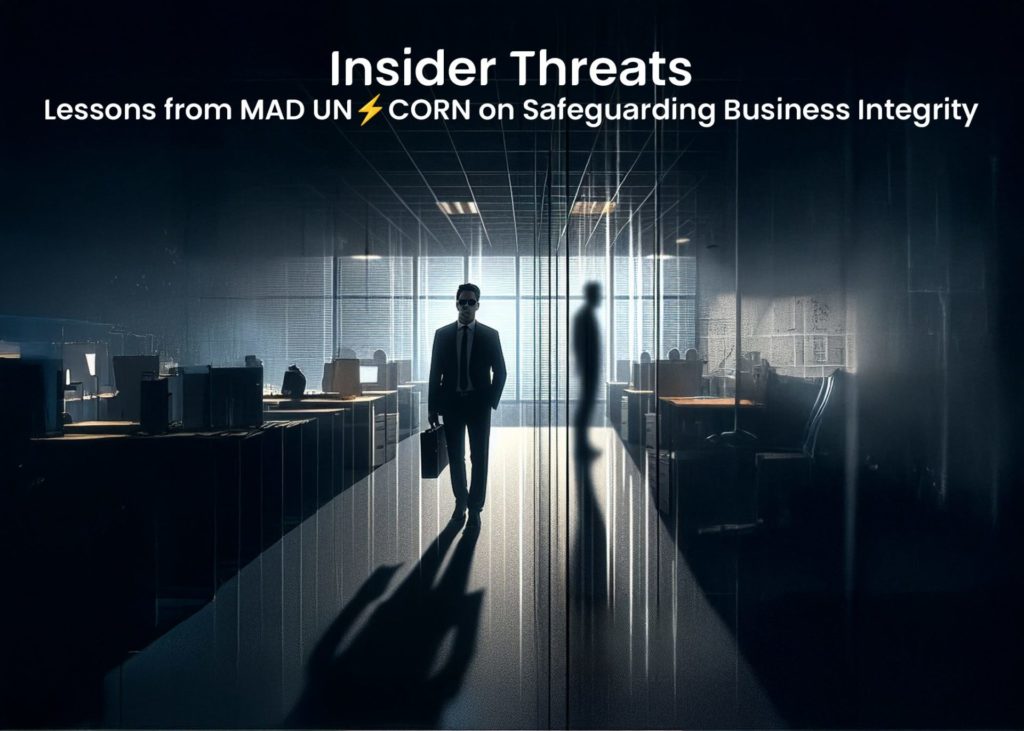The Dark Web, a hidden subset of the internet, presents unique risks and challenges for financial institutions. As a space where anonymity thrives, it has become a hub for illegal activities, including the trade of stolen financial data. Understanding and addressing these risks is essential for the financial assurance sector.
What is the Dark Web?
The internet is divided into three layers:
- Surface Web: Publicly accessible websites indexed by search engines like Google or Bing.
- Deep Web: Private spaces such as online banking portals and internal organizational data, not indexed by public search engines.
- Dark Web: A hidden part of the Deep Web, accessible only through specialized tools like the TOR browser, often associated with illicit activities.
Why the Dark Web Matters to Financial Institutions
The Dark Web poses significant risks to the financial sector, including:
- Unindexed and Encrypted Content: Hidden from traditional search engines, enabling anonymous transactions.
- Cyber Threats: Malware, ransomware, and phishing kits are often traded on the Dark Web.
- Facilitation of Fraud: Stolen financial data, counterfeit documents, and other illicit goods are frequently exchanged.
- Encrypted Forums: Private communities allow bad actors to coordinate attacks on financial institutions.
Key Statistics
The financial sector is one of the most targeted industries on the Dark Web. Sensitive data such as banking credentials and credit card details are among the most valuable assets traded. Five primary industries targeted include healthcare, research, government, finance, and online retail.
Actionable Steps for Mitigating Risks
To combat the risks posed by the Dark Web, financial assurance professionals should adopt a proactive approach. Here are key steps to consider:
- Implement Dark Web Monitoring Services: Leverage tools that scan the Dark Web for stolen credentials or potential threats:
- Recorded Future: Real-time threat intelligence.
- SpyCloud: Protects against account takeovers.
- DarkOwl: Searchable access to Dark Web content.
- Enhance Employee Awareness: Educate employees on cybersecurity best practices through regular training and simulations to reduce human error.
- Strengthen Identity and Access Management (IAM): Adopt multi-factor authentication (MFA), role-based access controls, and regular permission reviews to limit unauthorized access.
- Encrypt and Segment Sensitive Data: Use robust encryption to protect data in transit and at rest. Segment your network to isolate critical financial systems.
- Establish an Incident Response Team: Develop and regularly test an incident response plan to ensure your organization can quickly address breaches.
- Partner with Threat Intelligence Providers: Engage with experts who monitor emerging threats and provide actionable insights for the financial sector:
- FireEye: Advanced threat intelligence services.
- Kroll: Specializes in cybersecurity and breach response.
- Monitor Regulatory Compliance: Ensure your organization adheres to global data protection laws (e.g., GDPR, CCPA) to mitigate legal risks.
Conclusion
The Dark Web represents both a challenge and an opportunity for financial institutions. By leveraging advanced tools, educating employees, and partnering with threat intelligence providers, organizations can mitigate risks and protect their clients' trust. In an increasingly digital world, proactive defense is not just an option—it is a necessity.







